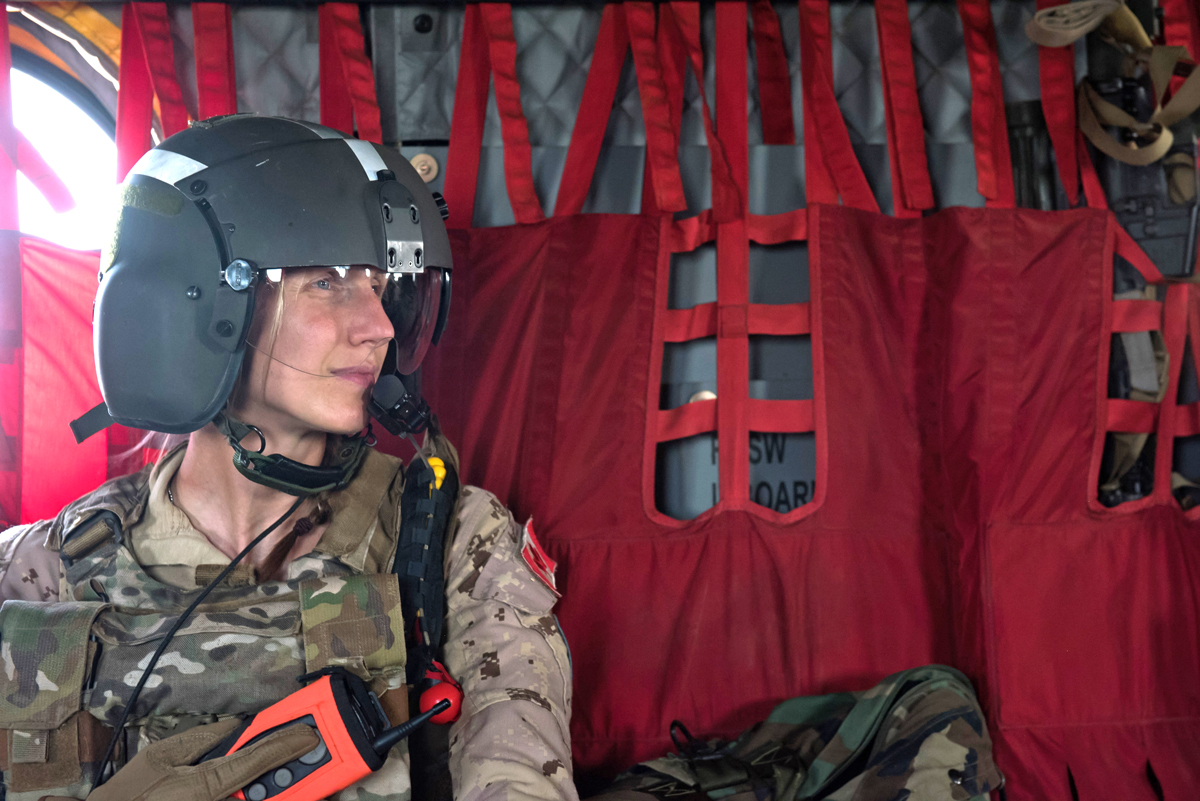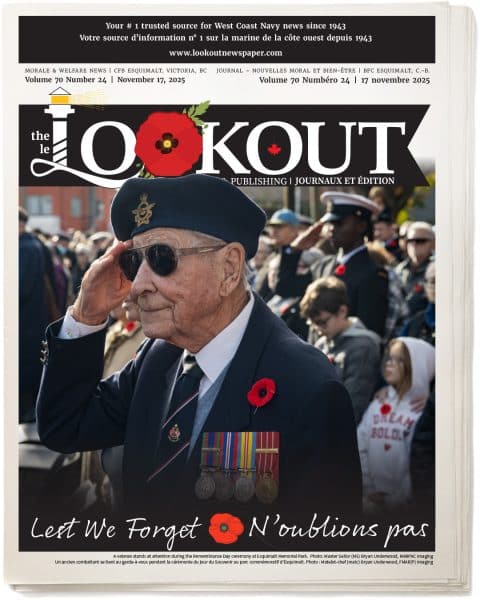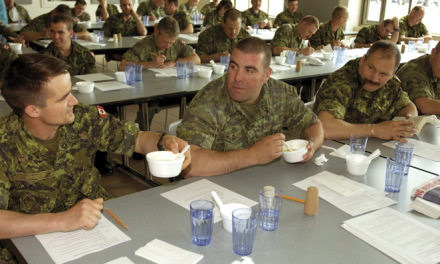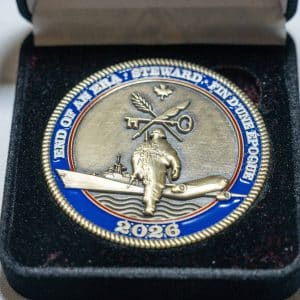
Lt(N) Jennifer Loye during a Task Force Mali Forward Aeromedical Training in the vicinity of Gao to keep their skills sharp while deployed on Operation Presence. Canadian Armed Forces photo.
DND ~
W hen the call came over the radio that numerous UN soldiers had been injured and needed to be evacuated by helicopter, Lieutenant (Navy) Jennifer Loye and her team were ready to help.
During the six months she had been working as the senior aero-medevac nurse at a German basecamp in Gao, Mali, for Operation Presence, she had been conducting simulations with her team and their international partners involved in saving lives using Canada’s Chinooks as flying emergency rooms.
The call said there were multiple casualties from gunfire and explosives.
“We knew it was going to be a multi-casualty situation and that it was quite far away,” said Lt(N) Loye. “It surprised us all. It happened very quickly. I remember the call coming in.”
An al-Qaida-linked group would later claim responsibility for the attack on a group of UN peacekeepers in Aguelhok, a village 450 kilometres north of Gao.
The UN’s mission is to increase peace and stability in the region after a resurgence in extremism over the past few years.
After grabbing the supplies she thought she would need—extra painkillers and blood product—it took over an hour to reach the injured soldiers by helicopter.
Once the team arrived, they landed to drop off the doctor and medics, to scope out the area, and to prepare the injured soldiers to board the helicopter.
Helicopters are most vulnerable when on the ground, so they took off immediately.
“We landed and they got off. That for me was the most memorable part of the tour,” said Lt(N) Loye. “The feeling of leaving people on the ground—part of your team, right? Nobody quite knowing at that point what the situation would be. We were circling around and I still very clearly remember we couldn’t locate where these casualties were. That started to raise alarm bells for me around the safety of my team.”
Lt(N) Loye remembers the Chinook circling in the air and after about 20 minutes their fuel was running out.
“We either had to pick up our people or pick up everybody.”
Lt(N) Loye was busy setting up the equipment inside the Chinook so everything would be ready. She could hear the doctor and medic over the aircraft radio saying how many people were going to come on board.
Finally the team on the ground signalled they were ready to load the patients.
So they landed, again.
The helicopter rotors were kicking up the red dirt that blankets Northern Mali and made it difficult to see.
“It was very dusty,” remembers Lt(N) Loye. “We could kind of see people coming through the dirt.”
The doctor and medics began loading eight patients into the Chinook.
“We could fit the three most critically injured on the floor, but on this call we had four people on stretchers. And then we had our four walking wounded sitting down. It was a lot of people to manage all at once.”
The team was on the ground for 10 minutes before taking off.
Lt(N) Loye and her team began checking the patients to find out who was the most seriously injured, and then they were in the air again.
“Our protocol is to leave right away. So we did everything en route.”
She ended up looking after the most critically injured person.
“The patient had multiple gunshot wounds. I could see they were still conscious.”
She hooked the patient up to their monitoring equipment.
“Based on his vital signs I could tell he needed blood product. He was also going to require an ultrasound and pelvic binding.”
When she found out the intravenous wasn’t working, she realized she would have to drill into the patient’s bone using an intraosseous infusion to deliver blood product to the patient.
A force protection officer helped hold her supplies while she drilled into the bone of the patient’s upper arm.
“I got it in and it was successful. I remember doing a mini happy dance squished in against the seats of the Chinook. Because that was going to save his life. [After getting the IO in] I definitely felt a sense of relief. The adrenaline was still going because you still don’t know whether the blood product will do the trick. It did. He was okay through the whole flight.”
With the force protection officer’s help, they cleaned the patient up, got the pelvic binder on, and warmed him up with blankets.
Now stable, Lt(N) Loye continued to monitor him and deliver blood product and pain medication throughout the flight back to their base in Gao.
“We were just hoping that was going to be enough to get him to the hospital and it was.”
Once they had all the patients stabilized, during the flight back to their basecamp in Gao they began organizing where all of the patients were going to go.
Thankfully this part of the mission had been practiced many times over the months they had been in Mali.
“We were able to create these really awesome elaborate training opportunities where we would work with our international partners,” said Lt(N) Loye. “We would fly and go out and pick up simulated casualties and I would coordinate with the other military hospital establishments to drop off that simulated casualty and working out the handover process with them. We were able to practice everything from our communication, to our timing, to the way we moved around in the Chinook before we ever had an actual casualty.”
So when they landed that day and the Chinook’s door opened, in front of her she saw a line of all the different nations with all of their ambulances ready to take the patients to their respective hospitals.
“It was amazing to see. We handed them all over and then I leaned up against the seat and finally could breathe.”
That wasn’t the only mission Canada flew that day. Of the casualties, 15 were evacuated and 10 were killed. Twenty-five other peacekeepers were injured.
“It was a really big day for Canada. It was a culmination of all of the work and training that we had done. Not just the medical training but the organization and the relationships that we had built with all of the different nations.”
For her efforts throughout the mission, Lt(N) Loye received a Chief of Defence Staff Commendation. The task-force surgeon Major Patrick Gilbride will receive a Meritorious Service Medal.
Lt(N) Loye’s time in Mali has inspired her to go back to Africa at some point in the future to give back in a civilian capacity.









